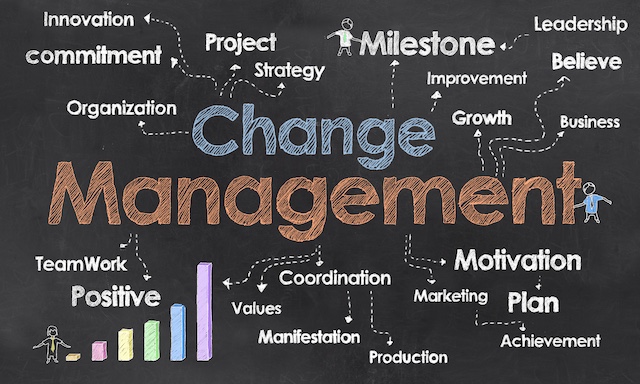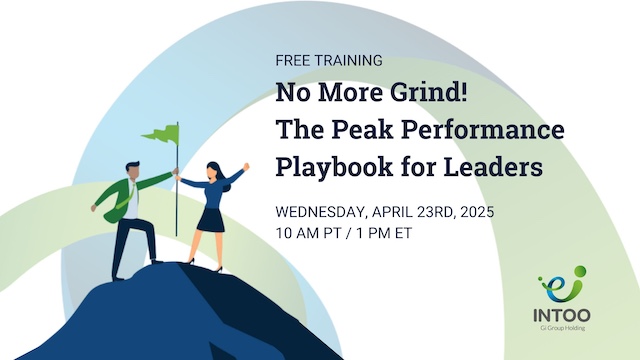Employee competencies are the skills, knowledge, and abilities that enable individuals to perform effectively in their roles. These competencies range from technical expertise to soft skills like effective communication, problem-solving, and adaptability. In today’s fast-evolving work environment, organizations must prioritize competency development to stay competitive, drive innovation, and enhance overall productivity.
As technology continually advances and market demands evolve, employees must keep up by continuously upgrading their competencies. Companies that invest in targeted training, mentorship programs, and learning initiatives foster a workforce that is agile, efficient, and prepared for future opportunities. Additionally, competency development enhances job satisfaction and employee retention, as individuals feel more confident and capable in their roles.
By strategically developing employee competencies, organizations can build a resilient and high-performing workforce.
10 Important Employee Competencies to Develop in the Workplace
Developing key employee competencies is essential for both individual and organizational success. These competencies enable employees to perform effectively, be agile and adaptable, and contribute meaningfully to their teams and company goals. Below are ten vital employee competencies that should be nurtured in the workplace:
1. Communication
Effective communication is foundational to a successful workplace. Team members who can listen actively, express their ideas clearly, and adapt their communication style to different audiences enhance collaboration and productivity. Strong communication skills also prevent misunderstandings and improve teamwork.
Learn more about improving workplace communication.
2. Leadership
Leadership is not just for managers—every employee can benefit from developing leadership skills. The ability to inspire, motivate, influence, and guide others fosters innovation and efficiency. Employees with leadership competencies take initiative and make informed decisions, and contribute to a positive workplace culture.
3. Collaboration and teamwork
The ability to work well with others is critical in any workplace. Employees must be able to collaborate effectively across departments, share ideas, and resolve conflicts in a constructive manner. Strong teamwork leads to improved problem-solving, increased efficiency, and a more cohesive work environment.
4. Adaptability and resilience
As businesses endeavor to remain competitive and relevant, adaptability is a crucial workplace competency. Team members who embrace change, stay open to learning, and stay resilient in the face of challenges are better equipped to succeed professionally.
5. Critical thinking and problem-solving
Strong problem-solving skills help employees analyze situations, think creatively, and develop effective solutions. Critical thinking enables individuals to assess risks, make sound decisions, and navigate complex workplace challenges.
6. Emotional intelligence (EQ)
Emotional intelligence is the ability to understand and manage one’s emotions while effectively interacting with others. Employees with high EQ can navigate workplace relationships, handle stress, and foster a positive team dynamic. Developing emotional intelligence contributes to better leadership, communication, and conflict resolution.
7. Time management and productivity
Effective time management allows employees to prioritize tasks, meet deadlines, and maintain work-life balance. Mastering productivity techniques, such as goal-setting and prioritization, helps employees stay organized and focused.
8. Technical and digital literacy
As workplaces become more reliant on technology, team members must develop strong technical and digital literacy skills. Whether it’s mastering industry-specific software, using collaboration tools, or staying updated on digital trends, technical competence is essential for efficiency and career growth.
9. Goal-setting and accountability
Employees who set clear goals and take responsibility for their performance contribute to their own growth and the organization’s success. Setting SMART (Specific, Measurable, Achievable, Relevant, Time-bound) goals helps individuals stay motivated and track their progress.
10. Customer service and relationship management
Whether dealing with internal stakeholders or external clients, strong customer service skills are invaluable. Employees who can build and maintain positive external relationships enhance customer satisfaction, brand reputation, and business success. Those who excel at creating healthy relationships within their organization build influence and contribute to workplace efficiency and a positive company culture.

How Do You Assess Employee Competencies?
Assessing employee competencies is crucial for identifying strengths, addressing skill gaps, and guiding professional development. Employers and managers can use various assessment methods to evaluate employees effectively:
1. 360-degree feedback
The 360-degree feedback method gathers input from managers, peers, subordinates, and sometimes clients, offering a well-rounded perspective on an employee’s skills, behaviors, and workplace effectiveness. It helps identify the individual’s blind spots and areas for improvement.
2. Skills testing and competency assessments
Practical skills tests, technical assessments, and job simulations objectively measure an employee’s ability to perform specific tasks. These assessments help ensure employees have the necessary competencies for their roles.
3. Self-assessments
Encouraging employees to evaluate their own competencies fosters self-awareness and personal development. When combined with managerial feedback, self-assessments can point to areas needing cultivation and measure the employee’s interest in self-improvement.
4. Performance reviews and goal-tracking
Regular performance appraisals assess how well employees apply their competencies in their roles. Managers can set measurable goals, track progress, and provide feedback to align employee development with organizational objectives. Coaches can also be helpful in working with team members to create a strategy for development and goal achievement.
5. Behavioral interviews and workplace observations
Managers can evaluate competencies by observing employees in action and conducting structured interviews. These methods assess problem-solving abilities, communication skills, and leadership potential in real-world situations.
By integrating multiple assessment approaches, organizations can gain a deeper understanding of team member competencies and create targeted development plans to enhance workplace performance.
What Are the Best Ways to Develop Employee Competencies?
Developing employee competencies is essential for both individual career growth and organizational success. As businesses evolve and industries become more competitive, a culture of continuous learning encourages employees to remain skilled, engaged, and adaptable to new challenges. There are multiple strategies that organizations can implement to enhance employee competencies and maximize their potential.
One of the most effective ways to develop competencies is by providing and encouraging employees to take skill-specific classes, training programs, or workshops, whether in-person or online. Many online learning platforms offer courses that employees can complete at their own pace. Employers who invest in tuition reimbursement or certification programs demonstrate a commitment to professional development, which in turn improves employee motivation and retention. By offering structured learning opportunities, organizations empower their workforce to gain new expertise and stay updated with industry trends.
Cross-training employees and facilitating job rotation within departments is another powerful approach to competency development. When team members gain exposure to different roles and functions, they develop a broader skill set and a deeper understanding of how various parts of the organization operate and relate to each other. This not only enhances problem-solving abilities but also prepares employees for leadership positions by equipping them with diverse experiences. Encouraging collaboration between team members from different disciplines fosters knowledge-sharing and strengthens teamwork, creating a more agile and versatile workforce.
Coaching and mentorship programs play a crucial role in competency development by providing employees with personalized guidance and support. Assigning experienced mentors to employees helps them navigate their career paths, develop relevant skills, and gain industry insights that they might not acquire through traditional training programs. Additionally, one-on-one coaching by managers or expert career coaches helps employees set clear goals and create actionable plans to build their skills.
Hands-on learning opportunities, such as on-the-job training and shadowing programs, also prove to be highly effective in strengthening competencies. Employees learn best when they can apply new skills in real-world situations, making experiential learning an essential component of professional development. Apprenticeships, project-based learning, and simulation exercises provide employees with practical experience that builds confidence and improves proficiency in their respective roles.
Providing employees with access to relevant resources is another critical aspect of competency development. Such resources can include knowledge libraries, digital resources, and internal training workshops. Encouraging team members to engage in self-directed learning through books, podcasts, webinars, and professional networking events fosters a proactive approach to skill development. Recognizing and rewarding employees who take the initiative to expand their knowledge reinforces a culture of learning and professional growth.
Conclusion
Competency development not only enhances individual performance but also strengthens overall organizational growth. By offering training programs, mentorship opportunities, and hands-on learning experiences, businesses can cultivate a culture of continuous learning and professional development that leads to a high-performing team.
INTOO can support your competency-building efforts through our range of leadership training programs, employee training programs, workshops, and coaching. Contact us today to find the right solutions for your team.











